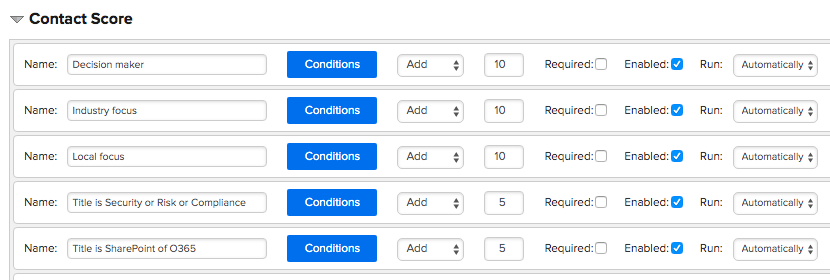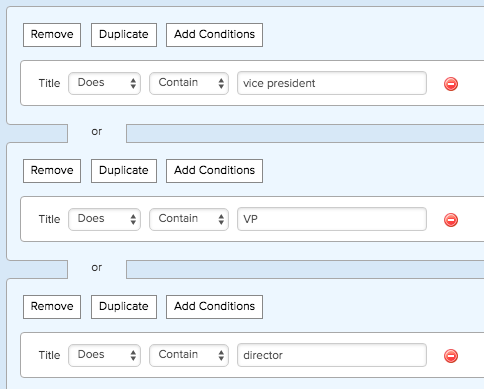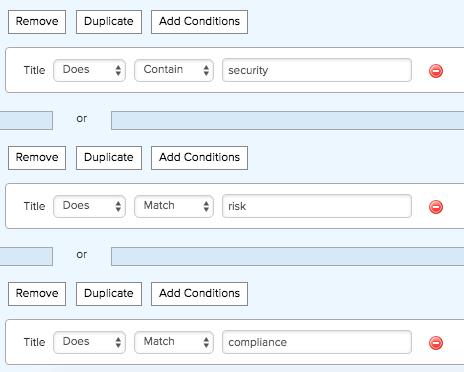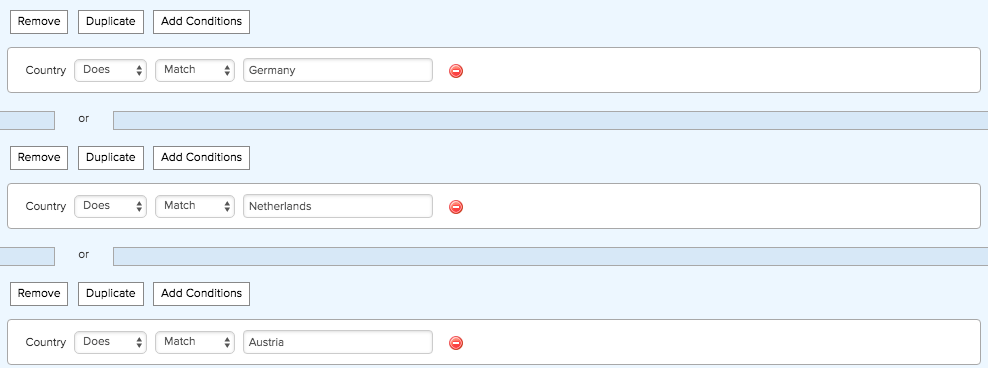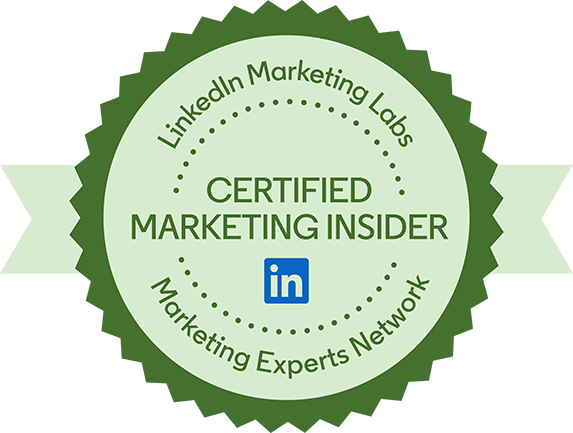How to pre-qualify leads effectively? Automated lead scoring.
Date : May 11, 2020 By
Contents
It’s a nice problem to have – more leads than the sales team can process. However, sometimes these are not high-quality leads and the lead qualification is required. This allows to better understand if there is a real project under the lead or it’s a potential project for the next 6-18 months or just an educational effort.
For this qualification there can be different approaches:
- Manual qualification (usually carried out by inside sales);
- Automated qualification (used with lead scoring).
If you’re facing a pre-qualification problem because you don’t want to hire the additional inside sales resource there can be an automated lead qualification and scoring approach put in place to help. Let’s review how this can be done for a certain company with a limited sales team resource.
If you’re performing lead generation campaigns, you might get the leads in a form of whitepaper, case study or e-book downloads, webinar registrations, plans or template downloads, etc.. All this should go into your marketing automation system.
Nurturing engagement lead scoring system
The typical and straightforward email nurturing campaign can look like this:
This is the sequence of 8 emails sent once a month. The lead scoring system can be based on the activity of the lead during this nurturing campaign. In this particular case the email open is scored at 5, the click on the link inside it is scored at 10 and the reply is scored at 15. This is the simplest but already describes if the lead is really interested in your materials or just accidently downloaded something that you provided in your advertising campaigns.
Website activity lead scoring system
The typical approach to score the lead inside the nurturing systems apart from engagement lead scoring is to evaluate the activity on the website. Based on the fact that some specific pages were visited, the time on them was bigger than average for the website or some other assumptions the leads can be organized in order of priority to follow up too.
Here is the most generic example:
The deep website visit gives the user 7 additional points. What’s meant here by “deep”? It’s really simple – just more than 5 pageviews per session.
The long website visit also gives the user 5 additional points. I usually give it a lower amount of scores because the time on page can’t really be measured precisely, so it’s not a metric in which I am 100% sure. What’s meant here by “long”? It’s really simple again – just more than 3 minutes spent on the website.
Contact information lead scoring system
Not only activity and engagement matter. The active and engaged user may not have enough power to enforce decisions in B2B sales. That’s why it’s very important to add the profile scoring in the model. Here’s a typical prospect example for a software security company dealing with Microsoft infrastructures (typical long B2B sales cycles):
Who is a decision maker here?
If your web form is connected with the nurturing system, then you can analyze the title of the lead and if it correlates with the C-level executives (if you target them), then it could be a high additional point into the overall lead qualification and scoring. The same can be done for special titles like in the below case:
If you’re acting locally, then you can prioritize based on the country from the form:
Conclusion
Summarizing all said below, I’d say that automated lead pre-qualification and scoring can be used when sales resources are short and need to be focused on closing – but not prospecting. The scoring models listed above are only examples of what can be done to better understand the capabilities of the existing nurturing systems. When your lead reaches the specific level of points, this is a trigger for this lead to be thrown into CRM itself and to be followed-up by the sales team manually.





